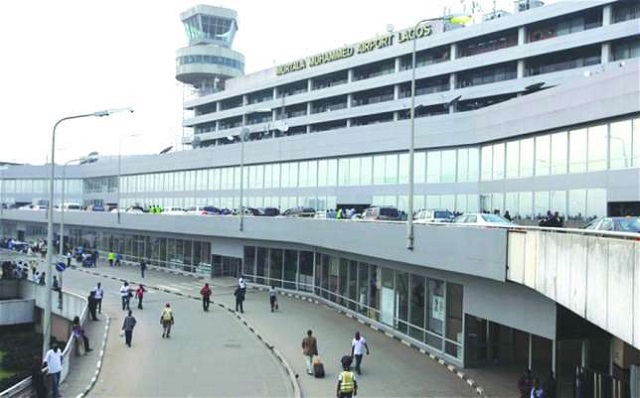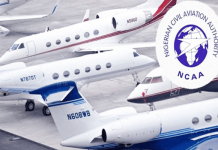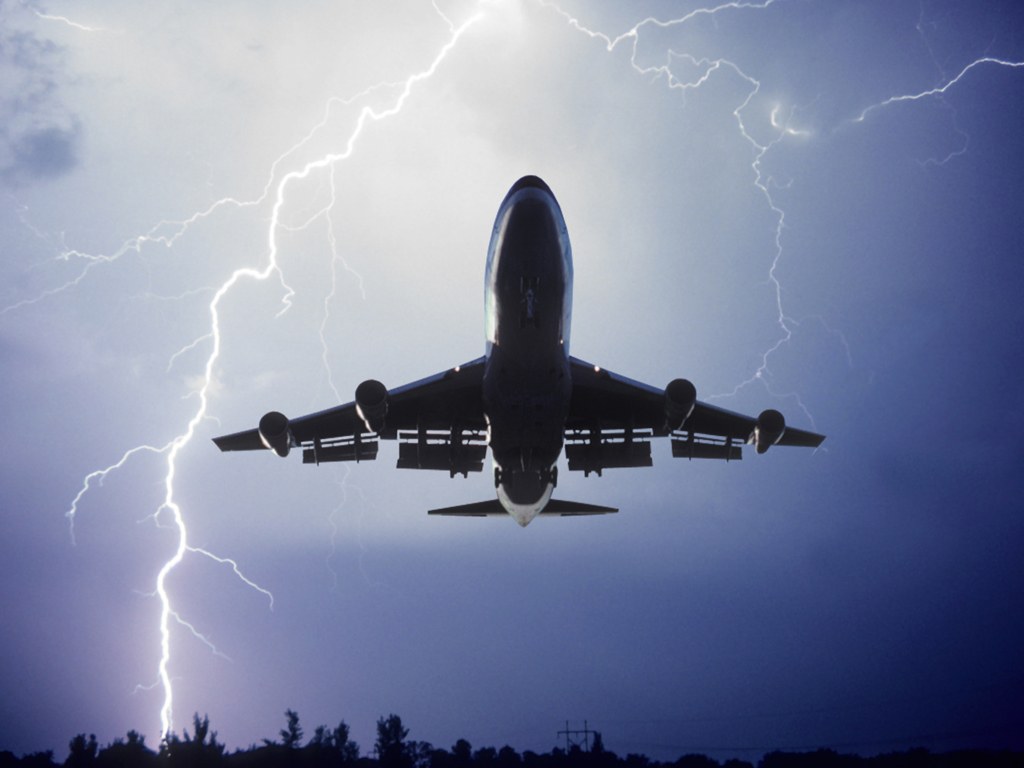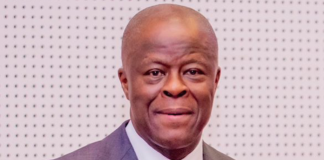- Lagos, Abuja, Kaduna, Port Harcourt, Enugu, others to benefit from upgrade
The federal government has started the installation of airfield lighting at major airports in the country to boost visibility, enhance safety operations, enable airlines to operate for longer hours and boost government and airlines’ revenues.
The lighting system, when fully installed on the runway of an airport, enables night landing because it provides the visuals needed for pilots and also works with navigational instrument to enhance precision for safe flight operation.
It is projected that Nigerian airlines would generate additional revenue annually if they operate to additional eight major airports up till 10 p.m. daily and also utilise their aircraft, which need certain hours of flying to remain airworthy.
THISDAY gathered that the airfield lighting system would be installed in Port Harcourt, Kano, Lagos, Akure, Yola, Ibadan, Kaduna and Sokoto airports.
This is in addition to the ones being installed at the Akanu Ibiam International Airport, Enugu, which is currently under rehabilitation.
The Director of Engineering, Federal Airports Authority of Nigeria (FAAN), Mr. Salisu Daura, told THISDAY wednesday that seven out of the eight airports to benefit from the modern equipment already have airfield lighting, “but many of them have become obsolete and needed to be renewed. For example, the one at Kaduna airport was installed in 1983.”
He added that the agency had commenced the installation of the Airfield Lighting System (AFL), starting from Mallam Aminu Kano International Airport, Kano.
He stated that after Kano, the second runway, known as 18L or domestic runway in Lagos, would be the next in line.
According to him, after Lagos, Port Harcourt International Airport, Omagwa will follow.
“We want to do the installation on international airports first. Akure is a virgin airport; airfield lighting has not been installed there before. We are right now in Kano holding site meeting with our contractor for the installation of airfield lighting at the Kano airport.
“This will enable airlines to operate into the night. Standard airfield system has three categories and the Category 3, which we are installing enables precision approach landing with navigational instrument provided by the Nigerian Airspace Management Agency (NAMA). So, AFL is installed on runways that have instruments,” Daura explained.
He added that the federal government had identified eight airports where the equipment would be installed, noting that for the airports to operate beyond 6 p.m. there would be additional personnel to manage the airports because of the increase in capacity arising from night landing.
“This will be a win-win situation because the airlines will generate more revenues and the airports will be put to greater use. Airfield lighting increases capacity utilisation of airplanes. But currently airplanes that can operate 18 hours in a day are restricted to from 7 a.m. to 6.00 p.m., which is 11 hours. But when this airfield lighting is installed, the airlines will make greater use of their aircraft,” he said.
He said the federal government was determined to renew the infrastructure in some of these airports to address the decay.
According to him, unlike in the past when new administrations terminated projects and programmes of their predecessors, President Muhammadu Buhari believes in continuity and has continued the efforts to transform the aviation sector.
“This administration continued with the past projects, especially the ones that are security and safety-related. So, we must commend President Buhari and the Minister of Aviation, Senator Hadi Sirika, who continued to transform the industry. Last year, we opened the new terminal at the Port Harcourt International Airport, Omagwa and the one built at the Nnamdi Azikiwe International Airport, Abuja. This year we hope to open the ones in Lagos and Kano,” Daura said.
Daura added that some facilities like privately-owned business jets located around the new terminal would be removed so that the apron of the terminal would be extended, adding that Accident Investigation Bureau (AIB) headquarters may be relocated at a later date for the expansion of the apron.
Speaking on the lighting system, the Chief Operating Officer of Dana Air, Mr. Obi Mbanuzuo, told THISDAY in Lagos that with the airfield lighting installed in more airports, airlines would be able to abide by their flight schedule with very minimum flight delays and cancellations.
He attributed delay flights to the few major airports that have airfield lighting and operate the daylight airports, which close at about 6 p.m. before operating to Kano, Port Harcourt, Lagos, and Abuja, which have night landing facilities.
“If you look at weather issues now, there are delays of flights to Port Harcourt, Benin, Owerri because of harmattan weather. We will later operate to these airports but we will fly to the daylight airports first in order to beat 6 p.m. when they will be closed for flights.
“So, if airfield lighting is installed we will be able to operate our published schedules . In terms of additional revenue, it will affect the bottom line. If we operate more revenue because of the extended flight there will be more revenue. The installation of the equipment will enable us to maintain our schedule integrity despite VIP movement and weather that could cause delays. Above all, it will reduce our cost and add to our benefits,” Mbanuzuo said.
The Managing Director of FAAN, Captain Yamisu Yadudu, said his administration was committed to revamping the nation’s airports, noting that considering Nigeria’s population, there is need to have functional airports.
He stated that even if some of the airports were not currently viable, they would be viable in future, as they continue to play critical role in the movement of people and goods.
THISDAY gathered that airlines would benefit immensely after the installation of airfield lighting.
Currently, an average Boeing aircraft in daily rotation from 6.30 a.m. to 6 p.m. with 120 – 150 passengers generates about N20 million daily.
It was gathered that if the operating time is extended from 6 p.m. to 10 p.m., each aircraft could generate additional N5 million daily.
Source: THISDAY














